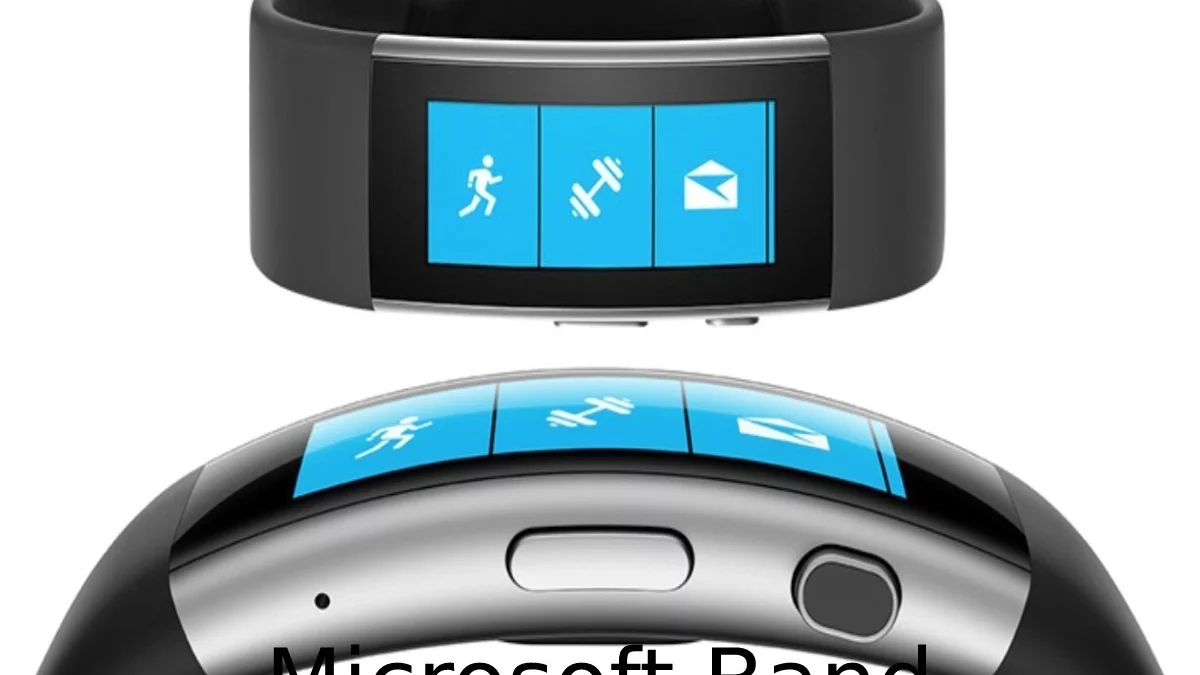Table of Contents
Microsoft Band
The Microsoft Band is the best fitness tracker, but the lack of apps and its overhyped Health platform aren’t quite there yet.
Microsoft Band review
- The Microsoft Band solves many of our problems with the original Microsoft Band.
- However, the sequel does cost a bit more, so be sure to read through the rest of our original Microsoft Band review before you decide what to buy.
- Its beneficiary hasn’t outpaced the original Microsoft Band regarding feature updates and speed.
- However, as you can see in our latest photos, it hasn’t handled normal wear-and-tear all too well.
- The Microsoft Band still grips up as a good purchase for new and current holders irrespective of its looks.
- The indecision you’re a fitness nerd who loves tracking numerous metrics with foolish detail. Here you can’t go incorrect with Microsoft’s debut wearable.
What’s better is that it’s more inexpensive than ever now that it has a successor.
Can this sensory-filled fitness tracker do it all?
- Microsoft fast and quietly launched its Microsoft Band once no one was expecting a wearable.
- Now company promptly released the sensor-intensive Microsoft Band after its declaration (without much fanfare, with a price label of $199 (£170, around AU$230).
- Dislike the high cost, the ninja release and the Microsoft brand seemed enough to keep people curious and greedy for the Redmond ware, which sold out quickly at its initial US launch.
- Nervous into a growing ocean of wearables, Microsoft has an extended way to go if it needs to remain a top candidate in the fitness tracking competition.
- Jaw before has the successful UP24, plus the UP3 coming out soon. Fitbit likewise has a lineup that’s become the masses in a running frenzy.
Numeration is the brood’s newest three: the Fitbit Flex, Fitbit Charge (and Charge HR), and Surge.
Non to indication, every smartwatch has some version of fitness tracking built-in.
So forth to keep everyone interested in the Microsoft Band other than brand name credit with the space inundated? The answer is health, health, health.
Display
- Now, 1.4-inch TFT (320 x 106 pixels) full-colour display screen is crisp and bright with no pixelation insight.
- The situation 11mm x 33mm is much smaller than the Samsung Gear Fit’s curved 1.85-inch AMOLED screen.
- Nonetheless, you don’t need a massive screen since the fitness tracker will not show off any intensive graphics.
- Though, if you want this to be your smartwatch for reading and responding to emails that display real estate strength be a bit limiting.
- Now Band’s display is big enough to read everything obviously but small enough to remain unobtrusive.
- Non-many fitness trackers even have screens, let colourful screens – except the Gear mentioned above.
- Now Fitbit Force, Surge and Razer’s Nabu have simple OLED displays far less fancy than the Microsoft Band’s.
- In most cases, this is sufficient, considering many fitness trackers are also simplified notification hubs.
- This Band likewise fits in this group, but like the Gear Fit, it lets you read and reply to messages with generic pre-written replies – but not on the iPhone.
Also Read: Brave Browser Review – Is It Worth Using, Summary, and More


